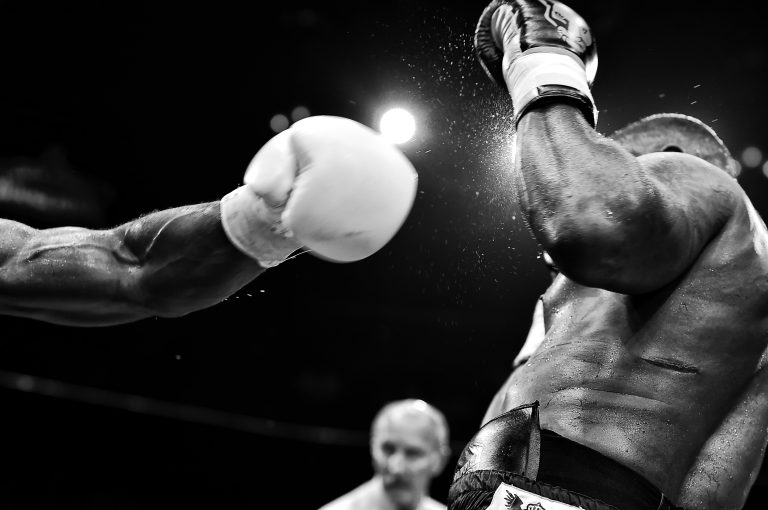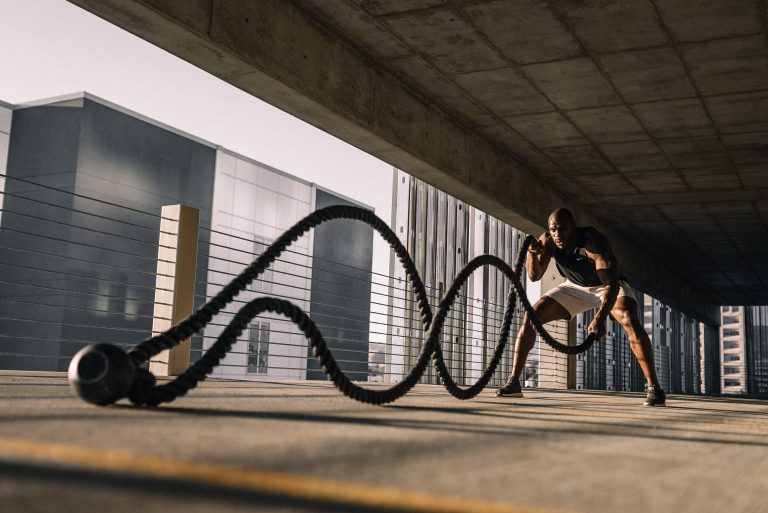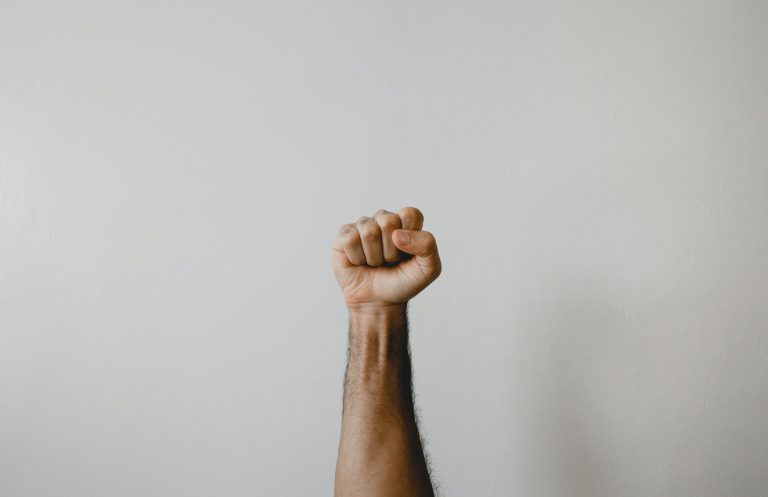The 10 Most Important Karate Techniques for Self-Defense
Karate is a martial art that originated in Okinawa, Japan in the 1900s. It is a popular form of self-defense that teaches practitioners how to defend themselves against an attacker. In this article, we will discuss the 10 most important karate techniques for self-defense.
1. The Straight Punch (Choku-zuki)
The straight punch is the most basic and common karate technique. It is a quick, straight punch that is thrown from the shoulder, and it can be aimed at various targets such as the face, solar plexus, or groin. This technique is effective because it is quick, powerful, and can be delivered from a distance.
2. The Front Kick (Mae-Geri)
The front kick is a powerful kick that is aimed at the opponent’s torso. It is effective because it can create space between the attacker and the defender, giving the defender an opportunity to flee or call for help.
3. The Side Kick (Yoko-Geri)
The side kick is a powerful kick that is aimed at the attacker’s leg or torso. It is effective because it can knock down the attacker and give the defender time to escape.
4. The Roundhouse Kick (Mawashi-Geri)
The roundhouse kick is a powerful kick that is aimed at the opponent’s head, neck, or ribs. It is effective because it can knock down the attacker and create space between the attacker and defender.
5. The Self-Defense Stance (Jigo-Tai)
The self-defense stance is a defensive position that is used to protect oneself from an attacker. It involves positioning the feet shoulder-width apart, bending the knees slightly, and keeping the hands up to protect the face and body.
6. The Elbow Strike (Empi-Uchi)
The elbow strike is a close-range technique that involves striking the opponent with the elbow. This technique is effective because it can be used to strike the attacker’s head, face, or ribs.
7. The Hammer Fist Strike (Tetsui-Uchi)
The hammer fist strike is a powerful strike that involves striking the opponent with the bottom of the fist. This technique is effective because it can be used to strike the attacker’s face, temple, or neck.
8. The Back Fist Strike (Uraken-Uchi)
The back fist strike is a powerful strike that involves striking the opponent with the back of the fist. This technique is effective because it can be used to strike the attacker’s temple or jaw.
9. The Knee Strike (Hiza-Uchi)
The knee strike is a powerful strike that involves striking the opponent with the knee. This technique is effective because it can be used to strike the attacker’s groin or stomach.
10. The Wrist Lock (Kote-Gaeshi)
The wrist lock is a grappling technique that involves twisting the attacker’s wrist in a way that causes pain and immobilizes them. This technique is effective because it can be used to control the attacker or force them to let go of a weapon.
In conclusion, these 10 karate techniques are some of the most effective self-defense techniques that anyone can use in situations where their safety is at risk. By practicing these techniques, you can increase your confidence and improve your chances of defending yourself against an attacker.
The 10 Most Important Karate Techniques for Self-Defense: Frequently Asked Questions
Karate is a popular martial art that has been around for centuries. It is an effective form of self-defense and has many physical and mental benefits. In this blog post, we will discuss the ten most important karate techniques for self-defense and answer some of the most frequently asked questions about the topic.
1. What are the 10 most important karate techniques for self-defense?
The ten most important karate techniques for self-defense are as follows:
- Block
- Punch
- Strike
- Kick
- Knee Strike
- Elbow Strike
- Throw
- Sweep
- Joint Lock
- Choke
These techniques are all designed to disable or incapacitate an attacker and give you time to get away.
2. How do I perform a proper block?
A block is a defensive technique used to deflect an incoming attack. To perform a proper block, follow these steps:
- Start with a strong stance, feet shoulder-width apart and knees slightly bent.
- Keep your arms up, elbows in, and hands open.
- As the attack comes in, use your forearm or hand to deflect the incoming strike away from your body.
- Keep your eyes on your opponent and be ready to counterattack.
3. What is the proper technique for throwing a punch?
A punch is an offensive technique used to strike an opponent. To throw a proper punch, follow these steps:
- Start with a strong stance, feet shoulder-width apart and knees slightly bent.
- Keep your arms up, elbows in, and hands in a fist.
- Rotate your body and pivot your front foot as you punch, creating maximum force.
- Keep your eyes on your opponent and be ready to defend against any counterattacks.
4. How do I perform a proper kick?
A kick is an offensive technique used to strike an opponent with your leg. To perform a proper kick, follow these steps:
- Start with a strong stance, feet shoulder-width apart and knees slightly bent.
- Lift your leg and aim your kick at your opponent’s weak spot.
- Extend your leg and strike with your heel or footpad.
- Quickly retract your leg to avoid being grabbed by your opponent.
5. What is the proper technique for a knee strike?
A knee strike is an offensive technique used to strike an opponent with your knee. To perform a proper knee strike, follow these steps:
- Start with a strong stance, feet shoulder-width apart and knees slightly bent.
- Bring your opponent’s head down towards your knee using your arms.
- Lift your knee and strike your opponent’s face or chest.
- Quickly retract your knee to avoid being grabbed by your opponent.
6. How do I perform a proper elbow strike?
An elbow strike is an offensive technique used to strike an opponent with your elbow. To perform a proper elbow strike, follow these steps:
- Start with a strong stance, feet shoulder-width apart and knees slightly bent.
- Bring your opponent within elbow range using your arms.
- Striking with the tip of the elbow, aim for your opponent’s vulnerable areas such as the nose, jaw or ribs.
- Quickly retract your elbow to avoid being grabbed by your opponent.
7. What is the proper technique for a throw?
A throw is a defensive technique used to take control of an opponent and force them to the ground. To perform a proper throw, follow these steps:
- Start with a strong stance, feet shoulder-width apart and knees slightly bent.
- Grab your opponent’s arms or head and use their momentum to throw them to the ground.
- Stay in control of your opponent and be ready to counterattack if necessary.
8. How do I perform a proper sweep?
A sweep is an offensive technique used to knock an opponent off their feet. To perform a proper sweep, follow these steps:
- Start with a strong stance, feet shoulder-width apart and knees slightly bent.
- Use your leg to sweep your opponent’s legs out from under them.
- Stay in control of your opponent and be ready to counterattack if necessary.
9. What is the proper technique for a joint lock?
A joint lock is a defensive technique used to immobilize or disable a joint. To perform a proper joint lock, follow these steps:
- Start with a strong stance, feet shoulder-width apart and knees slightly bent.
- Grab onto your opponent’s arm, wrist or leg and twist it in a way that will cause pain and immobilize them.
- Stay in control of your opponent and be ready to counterattack if necessary.
10. How do I perform a proper choke?
A choke is a defensive technique used to cut off an opponent’s air supply and make them unconscious. To perform a proper choke, follow these steps:
- Start with a strong stance, feet shoulder-width apart and knees slightly bent.
- Wrap your arm around your opponent’s neck and apply pressure until they pass out.
- Release the choke immediately once your opponent has lost consciousness and seek medical attention if necessary.
Conclusion
Karate is an effective form of self-defense that can help you protect yourself in dangerous situations. By learning and mastering the ten most important karate techniques for self-defense, you will be better equipped to defend yourself if necessary. Keep in mind that practice and dedication are essential to becoming proficient in these techniques. So, master each technique one by one and stay safe!
Inhaltsverzeichnis






